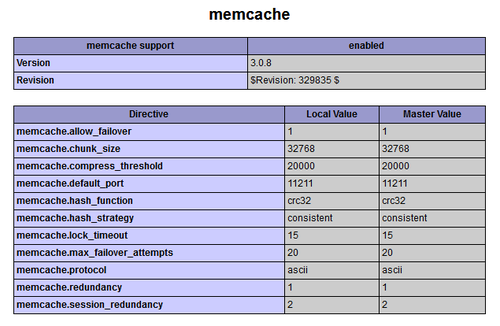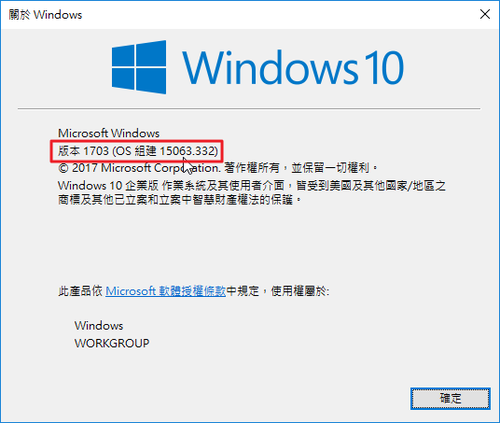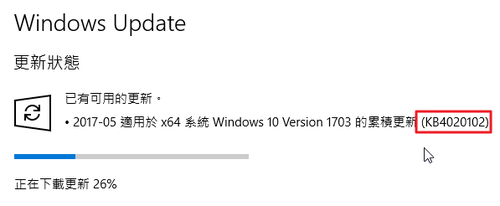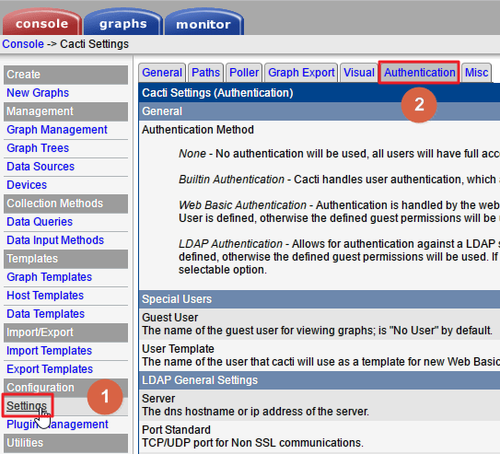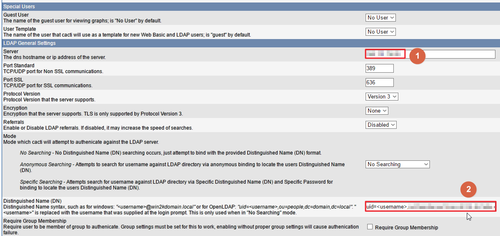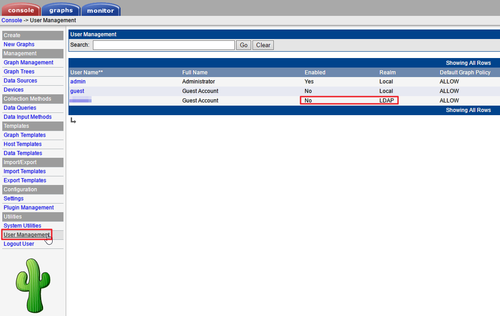參考網頁:
CentOS 7 : SSH Server : Use Parallel SSH : Server World
如果有多台 Server 要查看或進行設定,可以考慮使用 pssh。
使用限制:
這幾台 Server 的密碼要一樣,或是先好 頭城國小資訊組 | 免密碼登入 SSH Server 的設定。
1. 安裝 pssh
# yum install pssh –enablerepo=epel
2. 查看 192.168.1.9 / 192.168.1.10 的開機時間
-H 要操作的主機
-i 要執行的命令
# pssh -H “192.168.1.9 192.168.1.10” -i “uptime”
[1] 11:19:10 [FAILURE] 192.168.1.10 Exited with error code 255
Stderr: pssh error: SSH requested a password. Please create SSH keys or use
the -A option to provide a password.
Permission denied (publickey,password).
[2] 11:19:20 [FAILURE] 192.168.1.9 Exited with error code 255
Stderr: pssh error: SSH requested a password. Please create SSH keys or use
the -A option to provide a password.
Permission denied (publickey,password).
上面提示需要輸入密碼,可以使用 -A 參數[@more@]3. 加上 -A 參數
# pssh -A -H “192.168.1.9 192.168.1.10” -i “uptime”
Warning: do not enter your password if anyone else has superuser
privileges or access to your account.
Password:
[1] 11:24:20 [SUCCESS] 192.168.1.9
11:24:20 up 13 days, 16:43, 2 users, load average: 0.57, 0.48, 0.47
[2] 11:24:20 [SUCCESS] 192.168.1.10
11:24:20 up 4 days, 20:20, 0 users, load average: 0.02, 0.06, 0.07
4. 如果二台密碼不相同,就要使用 ssh key 的方式來處理
# pssh -A -H “192.168.1.99 192.168.1.8” -i “uptime”
Warning: do not enter your password if anyone else has superuser
privileges or access to your account.
Password:
[1] 11:26:18 [SUCCESS] 192.168.1.99
11:26:18 up 13 days, 16:45, 2 users, load average: 0.29, 0.39, 0.44
[2] 11:26:20 [FAILURE] 192.168.1.8 Exited with error code 255
Stderr: Permission denied (publickey,gssapi-keyex,gssapi-with-mic,password).
5. 將要連線的 Server 清單放在檔案之中
# cat pssh_hosts.txt
root@192.168.1.9
root@192.168.1.10
# pssh -A -h pssh_hosts.txt -i “uptime”
Warning: do not enter your password if anyone else has superuser
privileges or access to your account.
Password:
[1] 11:24:20 [SUCCESS] 192.168.1.9
11:24:20 up 13 days, 16:43, 2 users, load average: 0.57, 0.48, 0.47
[2] 11:24:20 [SUCCESS] 192.168.1.10
11:24:20 up 4 days, 20:20, 0 users, load average: 0.02, 0.06, 0.07
6. 更多的參數
# pssh –help
Usage: pssh [OPTIONS] command […]
Options:
–version show program’s version number and exit
–help show this help message and exit
-h HOST_FILE, –hosts=HOST_FILE
hosts file (each line “[user@]host[:port]”)
-H HOST_STRING, –host=HOST_STRING
additional host entries (“[user@]host[:port]”)
-l USER, –user=USER username (OPTIONAL)
-p PAR, –par=PAR max number of parallel threads (OPTIONAL)
-o OUTDIR, –outdir=OUTDIR
output directory for stdout files (OPTIONAL)
-e ERRDIR, –errdir=ERRDIR
output directory for stderr files (OPTIONAL)
-t TIMEOUT, –timeout=TIMEOUT
timeout (secs) (0 = no timeout) per host (OPTIONAL)
-O OPTION, –option=OPTION
SSH option (OPTIONAL)
-v, –verbose turn on warning and diagnostic messages (OPTIONAL)
-A, –askpass Ask for a password (OPTIONAL)
-x ARGS, –extra-args=ARGS
Extra command-line arguments, with processing for
spaces, quotes, and backslashes
-X ARG, –extra-arg=ARG
Extra command-line argument
-i, –inline inline aggregated output and error for each server
–inline-stdout inline standard output for each server
-I, –send-input read from standard input and send as input to ssh
-P, –print print output as we get it
Example: pssh -h hosts.txt -l irb2 -o /tmp/foo uptime



